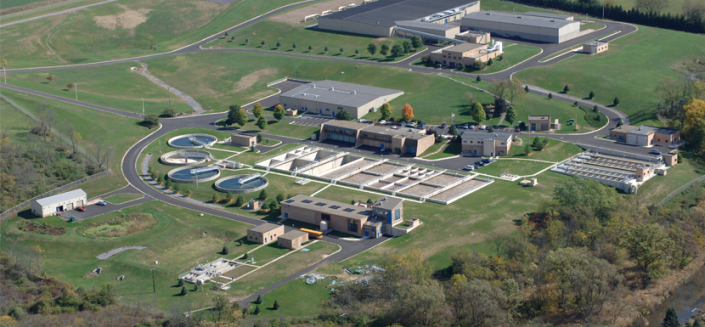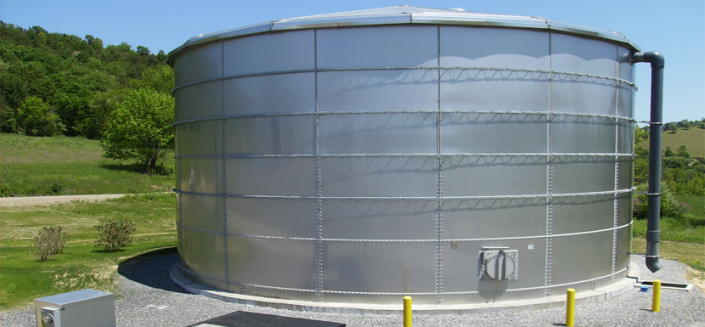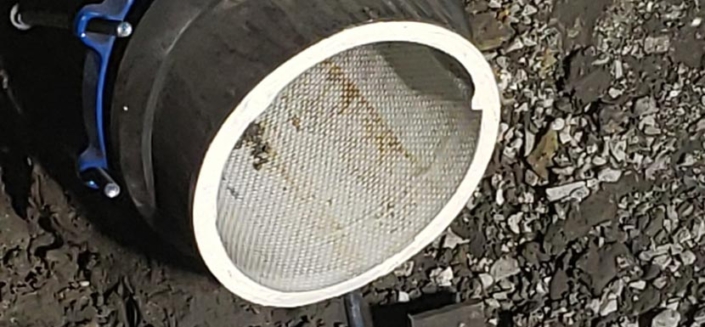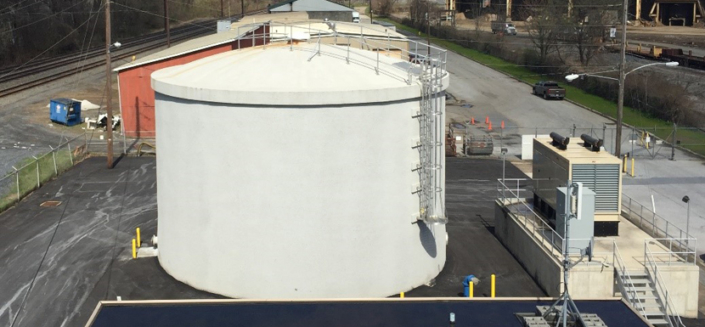Drinking water regulations are increasingly complex and technology gets more sophisticated by the day, but the professionals at HRG made compliance simple and cost effective for the Steelton Borough Authority.
The authority had been using chlorination both pre- and post- filtration at their water treatment facility in order to meet the 1-log giardia inactivation guidelines. This process caused their TTHM and HAA5 levels to exceed the limits identified in the Stage 2 Disinfection Byproducts Rule. The authority began receiving violation notices from PADEP and issuing public notices in late 2014.
HRG completed extensive system modeling and evaluated six alternatives to simultaneously meet both the 1-log giardia inactivation and Stage 2 DBP Rule regulations and worked closely with the Pennsylvania Department of Environmental Protection to determine the best approach both technically and economically: constructing a post-chlorination contact tank and related facilities.
HRG designed the 260,000 gallon tank for the authority, led the necessary permitting process with expedited approvals, and provided construction phase services. We also helped the authority obtain a $3M low-interest loan from the Pennsylvania Infrastructure Investment Authority (PENNVEST) to finance these improvements.
Disinfection byproducts form when chlorine reacts with organic material in the water. The new tank produces lower levels of disinfection byproducts because it primarily allows Steelton to filter organics from the raw water before the addition of chlorine.
PADEP secretary Patrick McDonnell praised the completed project, saying, “This is a prime example of how local and state agencies can work together to identify problems, develop solutions, find funding, and improve the system.”
The project was a huge success. The quarterly Local Running Annual Averages starting in May 2018 were below the MCL for HAA5 and TTHM for the first time since the Stage 2 Disinfection By-products Rule went into effect. The DBP sampling data collected at the 2 regulatory sites in February 2019 averaged 23.5 ug/l for HAA5 and 12.6 ug/l for TTHM, which were the lowest recorded DBP levels on record at these sites.





